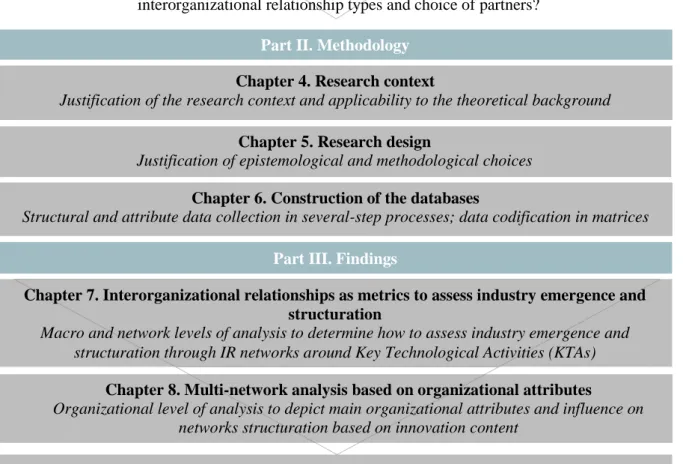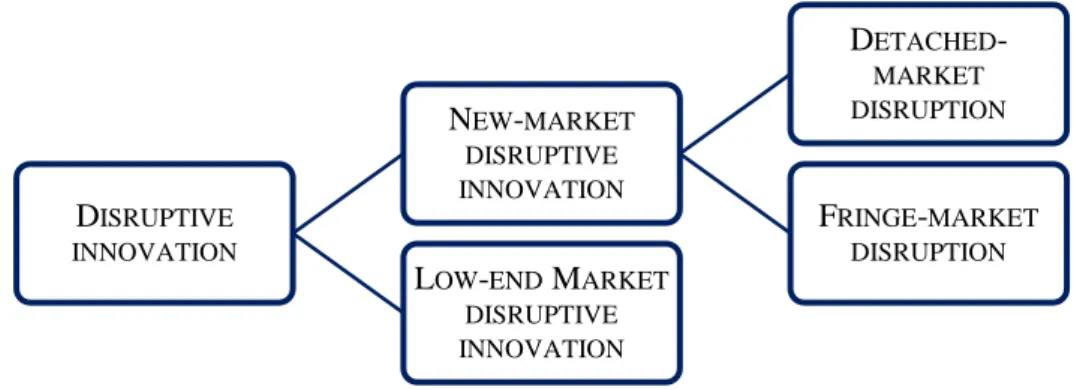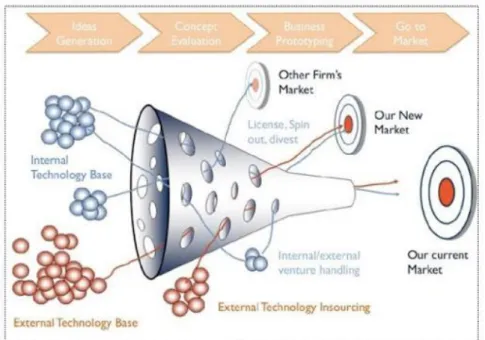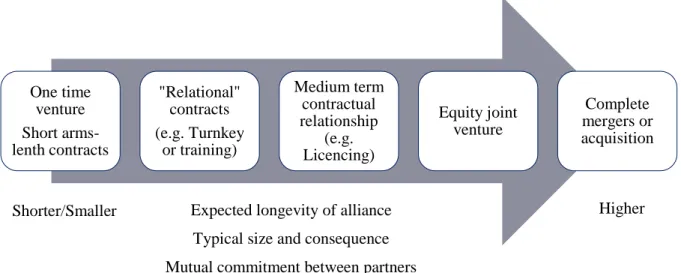Mesurer l’émergence et la structuration d’une industrie : une approche par les réseaux de relations interorganisationelles autour d’Activités Technologiques Clés
Texte intégral
Figure




Documents relatifs
Par contre, les eleves expliquent moins bien les moyens qu'ils utilisent pour verifier diffe- rents aspects de leur texte (voir les exemples presentes a la page 85 des Modeles
To this aim, the present study compared the performance of right hemisphere damaged (RHD) patients with and without a deficit in processing the contralesional space called
This approach has recently resulted [5, 6] in new forms of the conjecture which are in some sense similar to Hilbert’s 17 th problem and are formulated entirely in terms of moments
Furthermore, increased national and international support and action for treatment have expanded the avail- ability and coverage of priority health-sector interventions for
The purpose of the Structured Data eXchange Format (SDXF) is to permit the interchange of an arbitrary structured data block with different kinds of data (numerical,
When an IP multicast tree (either a source-specific tree or a bidirectional tree) enters the MPLS network, the (S,G) or (*,G) information from the IP multicast control-plane
The phrase "MUST (BUT WE KNOW YOU WON’T)" is used to indicate requirements that are needed to meet formal review criteria (e.g., mandatory-to-implement
A router running OSPF-MDR with LSAFullness = 4 includes in its router-LSA point-to-point (type 1) links for all fully adjacent neighbors, and for all bidirectional neighbors





